News
Judge’s remarks as Kyle Bevan and Sinead James jailed for Lola’s death

The following are the words of Mr Justice Griffiths:
LOLA JAMES was described by her grandmother as a character who loved life. Her father said she was always smiling and happy – a little ray of sunshine with a laugh which would fill the room with pure joy.
Her photograph reminds us of a beautiful little girl but you, Kyle Bevan, murdered her when she was only two years old, and you, Sinead James, allowed her death.
Her death has shattered a family, including the childhood of her surviving sisters.
No-one who listened to the victim personal statements in court today could fail to be profoundly moved by them.
In 2020, Sinead James lived as a single mother in Haverfordwest with her three daughters.
Kyle Bevan was not the father of any of these children, but very soon after he met Sinead James – in February 2020 – he was sleeping in her house every night, and when lockdown started in March 2020, it was his home.
I am sure from the evidence at trial that Kyle was responsible for multiple assaults on the children before he murdered Lola.
Whilst the evidence of some in isolation would have been inconclusive, taken together it is compelling.
A 2am text on April 19, 2020, shows that one of the girls had smashed her face, which Kyle blamed on the stairs.
On April 26, Sinead James noticed a mark under Lola’s mouth. Kyle blamed it on her falling down.
A text at 1.35am on May 4 shows that Lola was screaming when Kyle was with her. The next day he told Sinead James that Lola dropped to the floor and bit her lip. The text record shows that Sinead saw Lola spitting at Kyle, and making what he described as a horrible noise at him. I have no doubt that this was because Lola was protesting as a child who could not yet speak the abuse she had suffered.
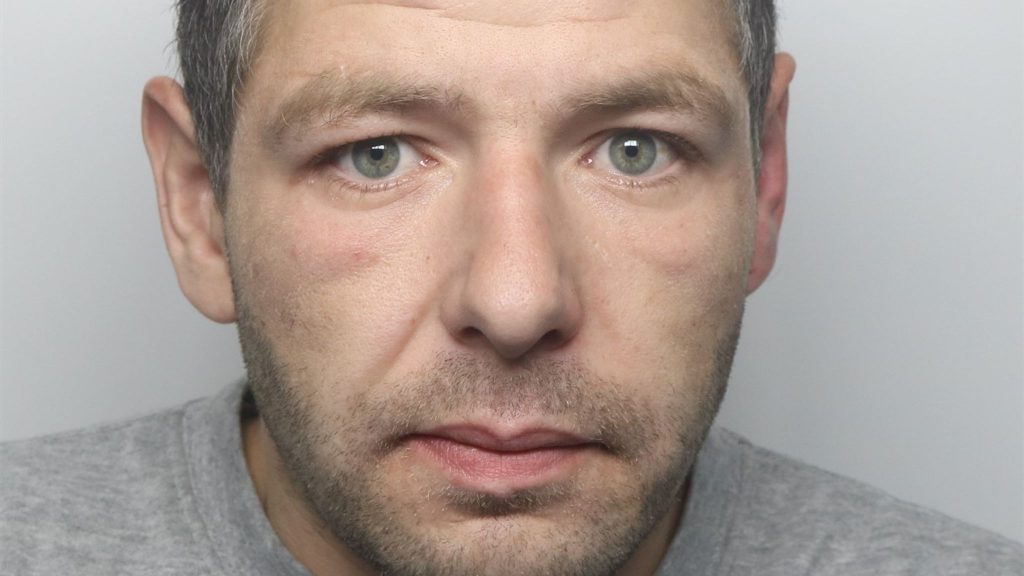
On May 10, 2020, [James’ youngest child] was photographed by a neighbour with a black eye. Sinead told her that [the child] had an accident when Kyle was looking after her.
On May 14, Kyle was described as having smashed up the house when he had taken a Xanax for recreational purposes. He took a hammer to a light switch. Sinead James was sufficiently concerned to take the children to a neighbour overnight, but she brought them back the next day.
A few days later, Sinead James cousin pointed out the dirty, messy state of her house, and warned her social services might get involved. Kyle was angry and aggressive about that suggestion.
On June 8, 2020, Sinead James lied to her heath visitor on the telephone that she had a female person in her house, covering up that it was actually Kyle Bevan.
On June 11, Sinead texted ‘I’m done’ and ‘I’m finished with Kyle’. He had grabbed her arm during an argument. She texted: ‘I’m not putting up with it. I have the kids to think about’. But she let it pass and he carried on living in the house with the children and was often left in sole charge of them.
On July 5, Sinead and Kyle argued and she told him to get out. She texted him ‘What you are doing is a form of domestic violence. I know, I’ve been through it’. He refused to leave the house, and she took it no further.
On July 7, 2020, Kyle Bevan pushed a pram into a busy road with the baby in it, shouting “f*** it”. Sinead James had to dive in and rescue the baby from the oncoming traffic. She took no other action.
On July 9, the grandmother of Kyle’s own daughter messaged Sinead James that he had been abusive to his ex-partner and their daughter and expressed concern that he was around Sinead James’ children.
Sinead asked Kyle’s mother about it, who said it was not true. She made no other enquiry, and took no steps to withdraw or protect her children from Kyle.
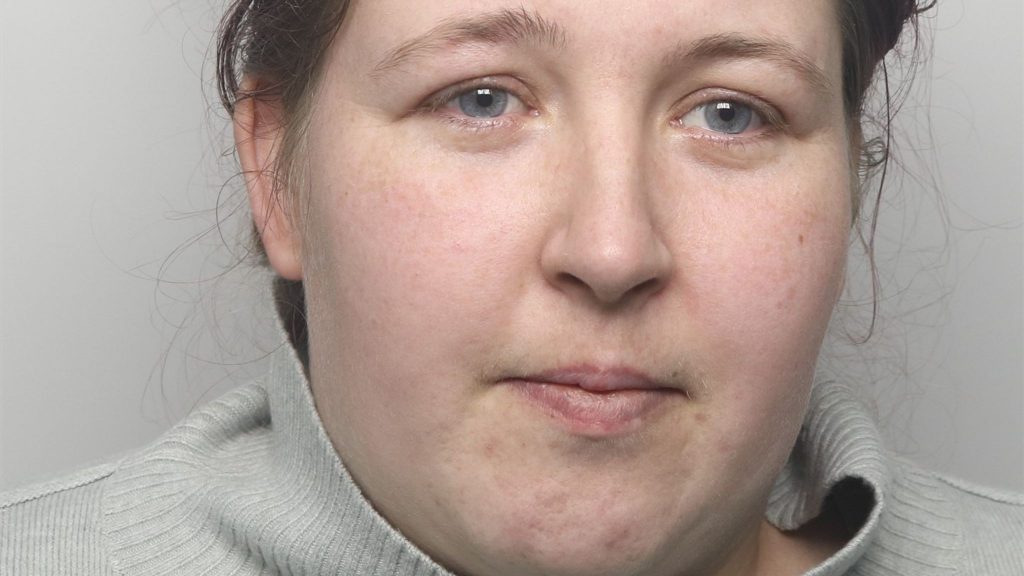
On the same day, Lola suffered a nose injury, and Sinead wondered if it was broken. Kyle told her Lola had fallen accidentally on to a coffee table. He blamed the dog.
At the same time, two witnesses noticed marks either side of Lola’s neck, which suggested she had been grabbed or hit.
But Sinead lied and said that had already been done. In fact, all that had happened, according to her evidence at trial, was that she had been told by Kyle that his mother was a nurse, which was not true – although she was a healthcare assistant, and that she had looked at Lola’s injured nose in a video call.
Lola was not taken to a hospital or to a doctor or examined in person by any qualified person. Her nose was left to heal in its own way.
The very next day, on July 10, when Kyle was alone with the baby, Sinead texted him: ‘You don’t need to tell me what you are doing with them. I do trust you with them’.
On July 11, texts show that there was some sort of incident when Lola was in Kyle’s care, but Sinead texted him ‘Don’t feel bad’.
I am sure that, by the time of the murder, Sinead knew Kyle was not to be trusted.
On July 16, the day before Lola was beaten into a coma, she asked him for his date of birth so she could do a Clare’s Law, or domestic violence disclosure scheme, check on him. He refused to give it to her.
She realised that was suspicious, but she did not press it.
That night, the night of July 16-17, Sinead James was woken at midnight by a bang followed by Lola screaming.
She got up, and saw Kyle Bevan holding Lola by her bed. When he said ‘I’ve got this’, she just went away. She did not go into Lola’s bedroom, or have a proper look at what happened.
She went back to her own bed and left Lola alone with Kyle while she slept.
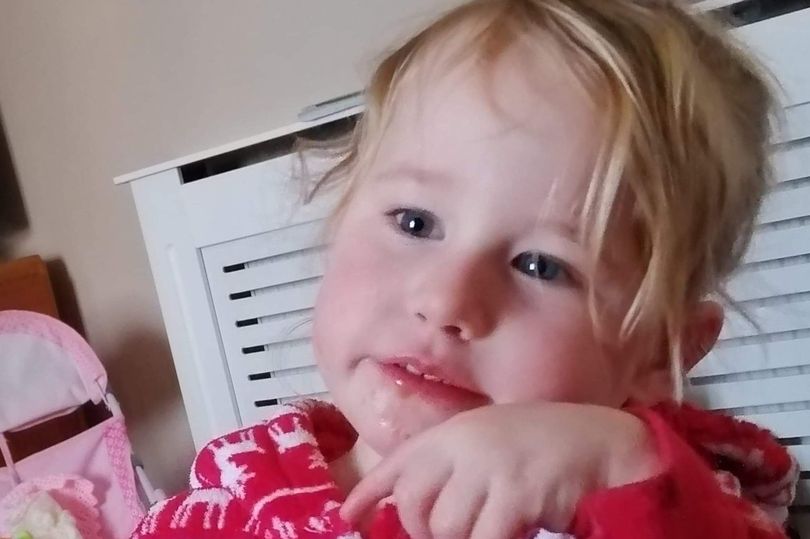
During that night, he carried out the further attacks on Lola which killed her.
By 4.26am, Kyle had Lola downstairs and was photographing injuries he had inflicted on her back.
By 6.30am, he had inflicted a total of over 100 visible injuries all over her body. Some of them were caused by a weapon, although the weapon used was not recovered or identified.
They included injuries to Lola’s right thigh with circular elements in a linear pattern caused by a weapon, and bleeding puncture wounds to her forehead, also caused by a weapon.
Kyle Bevan hit the side of Lola’s head with such force that it caused ear bruising and subdural bleeding in her skull on that side.
He shook her head backwards and forwards so violently that she lost consciousness and died from brain damage. Dr Michelle Jardine is a consultant in paediatric intensive care who has worked in Wales for 12 years and before that at Great Ormond Street and at the Royal Brompton Hospital.
She saw Lola’s body in intensive care and gave evidence it was one of the most extensively battered and bruised bodies she had ever seen.
At 6.30am, Kyle Bevan searched on Google ‘My two-year-old has just taken an bang to the head and gone all limp and snoring. What’s wrong?’.
The results told him to get emergency help at once. Had he done that, Lola would’ve had a better chance at survival. But he didn’t.
He didn’t get emergency help, he didn’t wake Lola’s mother. Instead, he tried to cover his tracks.
He cleaned up Lola’s vomit and blood in the bath, he cleaned the bath, he cleaned the floors, he scrubbed the body itself all over – so strongly that despite the child already being injured and unconscious, the temporary transfer tattoos on her arms were removed without trace.
He put clean clothing on her. He dreamt up a cover story that all Lola’s injuries were attributable to a fall down the stairs after a push from the dog.
He moved Lola’s body around, callously photographing it and even filming it at one stage. Half an hour after the Google search, his mother woke up and saw texts he had been sending her.
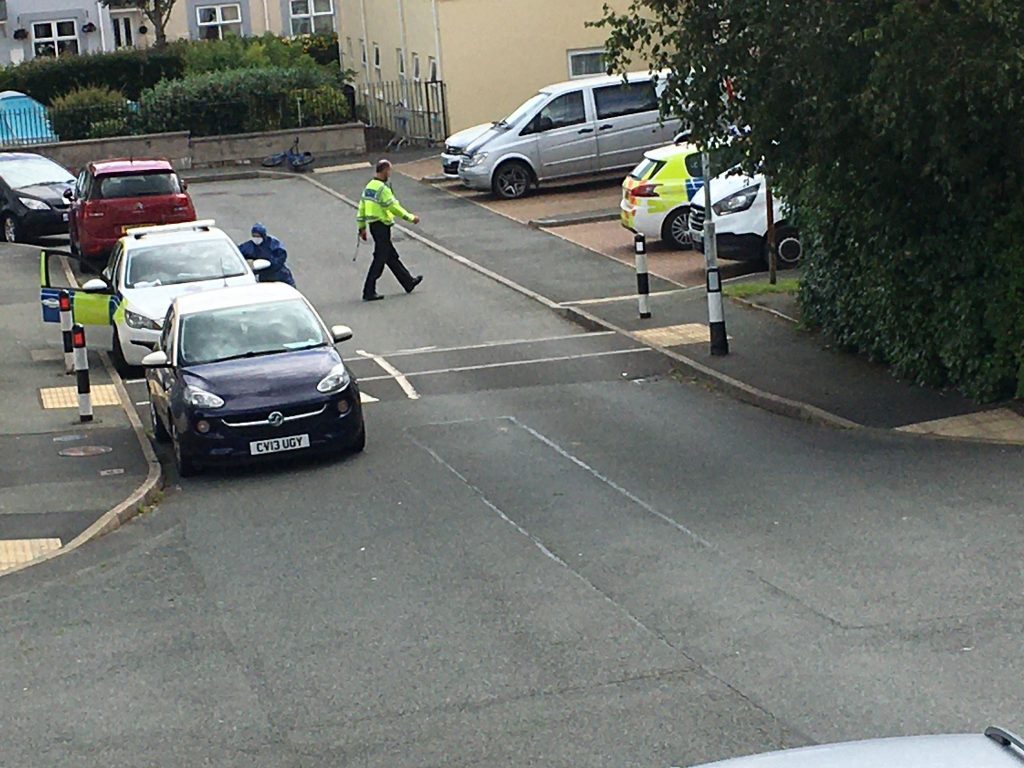
She immediately texted back that he must wake Sinead James up and get Lola to accident and emergency.
It was 6.56am. Even then, he did not wake up Lola’s mother, or call emergency services. He was too concerned about covering up the crime scene to do anything at all for the child.
It was only half an hour after that, at about 7.27am, that he finally woke Sinead James, and not having called an ambulance himself, told his mother to do it.
Ambulances were then called by his mother and by Sinead James, and were on the scene immediately.
When the police came later in the morning, at about 11am, he delayed opening the front door. When they did get in, he was still vacuum cleaning away as much forensic evidence as he could.
There is only one sentence for murder, and that is imprisonment for life.
I must also set the minimum term that Kyle Bevan must serve before he can even be considered for release on licence by the parole board.
It is possible he will never be released, as that would happen only if and when the parole board is satisfied that detention is no longer necessary for the protection of the public. That is why it is called a minimum term.
Even if he is released, he will remain on licence and be subject to a call to prison for the rest of his life.
The minimum term is not his sentence – his sentence is life imprisonment. Paying due regard to Schedule 21 of the Sentencing Act and reflecting the particular circumstances of the case, I am adopting 15 years as the starting point for consideration of the minimum term, but there are aggravating features which very significantly increase it.
Lola was a very young child – two years and 10 months old. She was particularly vulnerable, not being strong enough to resist, or old enough to tell anyone what was happening.
Kyle Bevan was in a position of trust, having assumed the role, as he described himself to the ambulance crew, of Lola’s step-father.

He started to hurt Lola at midnight, but he carried on until she was unconscious at 6.30am. He did not stop when Sinead James nearly caught him in the act, when she heard Lola screaming at midnight.
This was a sustained, deliberate and very violent attack. The attack was completely unprovoked.
There is no suggestion that Lola was playing up in any way before she was killed. For some of the injuries, Kyle Bevan used weapons.
The attack would’ve caused both mental and physical pain and suffering before the onset of coma. It was the culmination of several months of physical child abuse.
Although I have decided that this is not a case within paragraph 2.2.B of Schedule 21, I am sure that Kyle Bevan did this as an exercise of power. An assertion of superiority over the only person he could feel superior to – a helpless child.
Afterwards he covered up what he had done by removing or replacing the weapons and cleaning up the body and the crime scene before getting help.
He ignored advice from his mother about getting immediate help. As soon as the police were involved he tried to rehearse his partner in a false account which he had concocted, stressing to her ‘You’ve got to get it bang on like’.
He has no remorse at all, even now. At the time, he did not even simulate sadness about Lola’s injuries and critical condition when everyone around him was distraught.
At the hospital he threatened and insulted the staff. He hurled abuse at the victim’s natural father, and challenged him to a fight for no reason at all as Lola lay dying in critical care.
He was openly concerned only about himself.
The serious and numerous aggravating features raise the appropriate minimum term far above the starting point of 15 years.
I now turn to mitigating, or potentially mitigating factors. There is very little.

Kyle Bevan did not specifically intent to kill, but he was completely reckless to the danger to Lola’s life.
The violence he inflicted all over her body, including the severe and fatal attacks to her head – both by way of blunt force and violent shaking – were a threat to the life of such a young child, which must have been obvious to him.
He has been described by his own mother as thick and was diagnosed with ADHD as a child. I am satisfied that these points do not reduce Kyle Bevan’s culpability. He was 28 years old and perhaps immature, but he knew exactly what he was doing.
He had no previous convictions for violence, but he had been causing visible injuries to the children on the sly for a number of months.
This murder was the worst thing he had done, but it was not out of character. This is a very serious case, which the balance of features I have identified moves the appropriate minimum term a long way up from the 15 year starting point.
I now turn to Sinead James’ conviction for allowing the death of a child.
Her relationship with Lola’s biological father had been brief. He was a loving and attentive parent to Lola from a distance.
However, she came into the relationship with Kyle Bevan as a victim of past domestic abuse from other partners.
As a result, she had been trained through domestic abuse programmes to protect herself and her children, but she allowed Kyle Bevan into her household on the basis of a superficial initial impression.
As evidence against him began to mount, she continued to hope for the best and leave her children at risk.
She was surrounded by supportive friends and family. She was connected with social services. She always had places of refuge, but she shut her eyes to the very obvious danger which Kyle Bevan posed to her children.
Even after she saw him deliberately push a pram into oncoming traffic, she decided to accept and manage the risk to herself, and more importantly, her helpless children, because he was not as bad as her previous abusers and she liked having him there.
She prioritised the relationship with Kyle Bevan over concern for her children.
This was never more evident than when she went back to bed after the scream and the bang which she heard from Lola’s bedroom when Lola was with Kyle only hours before Lola was murdered.
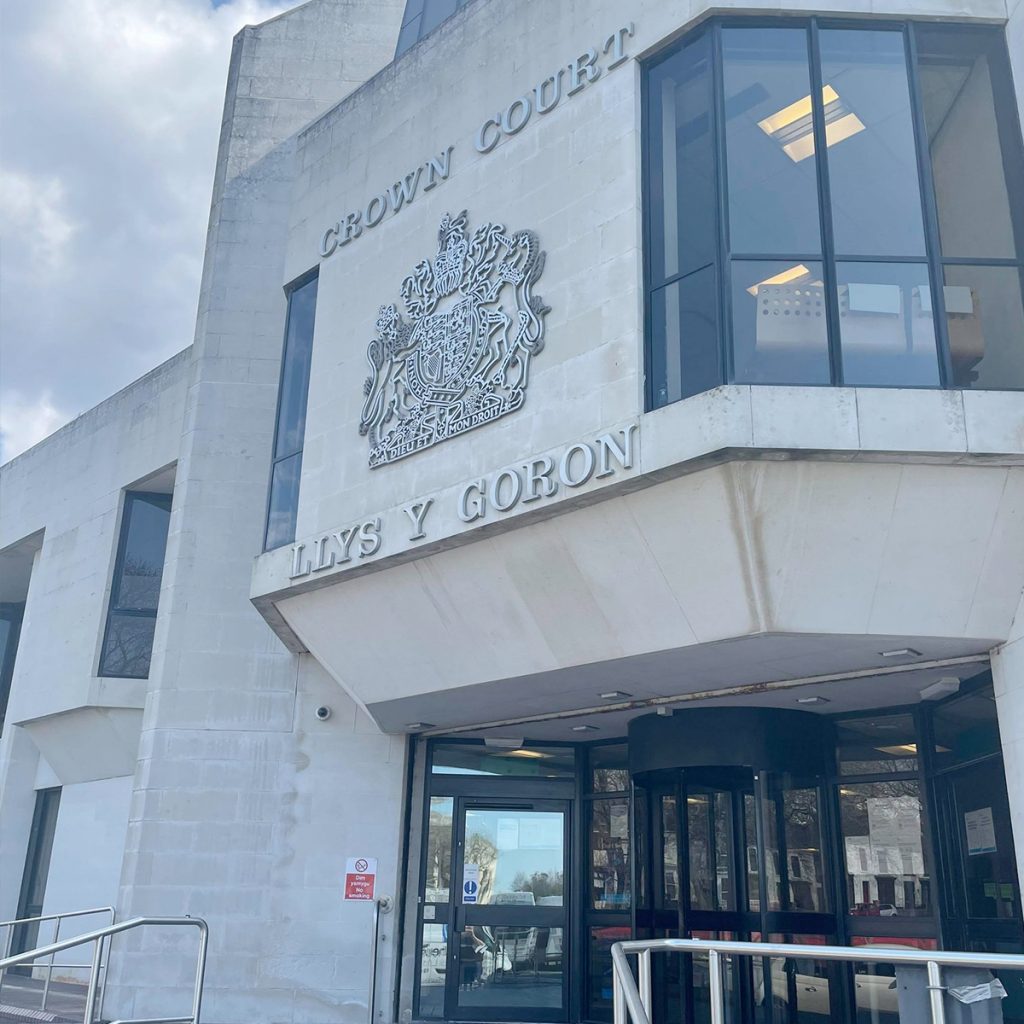
I will apply sentencing guidelines for allowing a child to die. The harm is death, and therefore Category One.
Culpability includes failing to protect Lola from a murder which used very significant force.
All four quadrants of both Lola’s eyes were bleeding at multiple levels. There was a retinal fold and retinal splitting. There was optic nerve sheathe bleeding to both eyes.
These are all signs of very severe force. Lola had widespread Petechiae.
She had subdural bleeding, mainly to the left cerebral hemisphere, but also at the back of the right hemisphere and also at the base of her brain.
This was due both to very forceful shaking, and significant impact injury to the left, which also caused bruising to her left ear. Further evidence of impact was the soft tissue scalp swelling, and several signs over Lola’s skull.
The chronology shows that Sinead James was made aware of the multiple injuries to her children, leaving physical marks, and also a threat to the life of the baby in her pram which Sinead knew was Kyle Bevan’s fault.
She knew he had taken a hammer to the light switch, was subject to mood swings, and was prone to take recreational drugs – which had a bad effect on him, specifically Xanax in combination with alcohol.
She showed herself willing and able to remove her children to a place of safety and to demand that Kyle Bevan should leave the house, but she always brought the children back and kept leaving them in his sole care.
When her children were injured, she did not take them to a doctor or to hospital, and she did not involve the police when Kyle was violent.

She did not disclose the presence of Kyle or the injuries of her children to social services, although they were in active contact with her. So she failed to take any effective steps to protect Lola, including those which she had proved she was capable of. These are features of high culpability.
There are no Category D factors. Sinead James was on anti-depressant medication, but it was working well for her. Her responsibility was not reduced, substantially or at all by mental disorder, learning disability or lack of maturity.
Although she had been a victim of domestic abuse, this is not, in my judgement, linked to the commission of the offence.
She was able to assert herself against Kyle Bevan, and did so. She was neither coerced or intimidated into allowing Kyle to carry on living in her house.
She was happy to leave him alone with the children whenever he wanted and for however long he wanted. That was her choice.
Having heard all the evidence, including her own evidence at trial and her police interviews, I do not think this is a case where Sinead James allowed the death of her child because she was in fear of Kyle Bevan or a victim of domestic abuse by him.
That was not even her own evidence at trial. I do not accept the defence submission that domestic abuse linked to the commissions to the offence so as to provide her with a Category D feature.
I do accept that when he was in a bad mood, Kyle Bevan was intimidating.
But these moods passed, and most of the time, the text messages and the evidence at trial show a relationship where Sinead James was in control and able when she chose to remove herself and her children from Kyle Bevan and to berate him when she thought he deserved it.

The only thing that she did hesitate to do, because of his reaction, was to contact the police or social services.
She always had full recourse to her friends, her neighbours and her family, and that was enough to protect the children if she had chosen to do it. She did not.
For example, she insisted, against the advice of Casey Morgan, of bringing the children back into the home after the pram incident when they were already with her in safety. There is no part of her evidence that she did this because she was in fear of Kyle Bevan.
Having considered all the category indicators in the sentencing guidelines and after a careful balancing exercise, I am satisfied that this case falls in to Category B.1, with a starting point of nine years custody, with a range of seven to 14 years.
However, I notice that the applicable sentencing guidelines sets ranges up to 18 years with Category A.1, which is above the statutory maximum of 14 years for this case in which the offence was committed before June 28, 2022, since when the maximum had been life imprisonment.
I will bear that in mind in Sinead James’ favour when arriving at a sentence in accordance with the guidelines.
A potentially aggravating factor is her failure to respond to warnings about Kyle and his behaviours.
She was warned by her best friend, Casey Morgan, and by the grandmother of Kyle Bevan’s own child.
But I recognise that Casey Morgan also at times seemed to support the relationship with Kyle, and that his mother emphatically assured her that the allegations against her son were lies.
There are weighty mitigating factors. She is very remorseful, as I saw when she gave evidence. She is also genuinely devastated by Lola’s death. She has lost custody of her surviving children, although she remains in contact with them.
After Lola’s death, Sinead James co-operated as fully as she possibly could with the investigation.
She has no previous convictions, and nothing else which is relevant on her record.
She is a victim of previous domestic abuse, and Kyle Bevan did create an atmosphere of intimidation in the home at times, which I accept as a mitigating feature even though I have decided it does not go so far as to be a Category D guideline feature.
Taking everything in to account, the sentence will be below the start, and a little below the bottom of Category B.1 guideline range.
Kyle Bevan has already spent 368 days in custody on remand. Sinead James has spent 19 days.
The days spent on remand in custody will automatically count towards the custodial term of her sentence, and I will deduct them from the minimum term for his.
Sinead James will serve one half of her sentence in custody, before being released on licence.
When she is released, she will be on licence until the end of her sentence. She must comply with the terms of the licence, and commit no further offence, or else she will be liable to serve a further period in custody.
Each defendant must pay the statutory surcharge of £190 or such other correct figure as may be substituted administratively.
Stand up Kyle Bevan.
For the murder of Lola James, I sentence you to imprisonment for life, with a minimum term of 28 years, less 368 days already spent in custody on remand. You may go down.
Stand up Sinead James.
For allowing the death of Lola James, I sentence you to six years imprisonment. You will serve half, namely three years, before release on licence. You may go down.
Crime
Emergency bags rolled out to support domestic abuse victims across Dyfed-Powys

Thirty packs provide immediate help for families fleeing dangerous situations
A NEW initiative aimed at supporting victims of domestic abuse has seen thirty emergency bags distributed for use across the Dyfed-Powys Police area.
The bags, which contain essential items including toiletries, non-perishable snacks and emergency supplies, are designed to offer immediate practical support to individuals and families forced to flee abusive situations, often with little or nothing.
The scheme forms part of the Police and Crime Commissioner’s wider commitment to improving outcomes for victims and is being delivered in partnership with Dyfed-Powys Police and Dal i Godi, the commissioned Independent Domestic Violence Adviser (IDVA) service.
Dal i Godi provides specialist support to victims at high risk of serious harm, including safety planning and advocacy through the criminal justice process.
Police and Crime Commissioner Dafydd Llywelyn said the initiative was already proving its value.
“This is an incredible initiative that I’m proud to support,” he said. “It provides meaningful help to those experiencing trauma and reflects our ongoing work to put victims first.
“Within just a few days of the bags being distributed to the Dal i Godi service, one was given to a victim fleeing a domestic abuse situation, along with a children’s pack to support their young family. That shows just how essential this support can be and how quickly it can make a difference.”
Detective Chief Inspector Llyr Williams, from the Dyfed-Powys Police Vulnerability Hub, said the emergency bags could provide a vital lifeline at critical moments.
“These emergency bags offer support at some of the most difficult moments in a person’s life,” he said.
“The contents provide immediate comfort, dignity and practical help for those leaving their homes in crisis. While simple, they represent an important first step towards safety and recovery.
“We are proud to be working with partners across the Dyfed-Powys area to ensure this support reaches people when they need it most.”
Anyone experiencing domestic abuse, or concerned about someone else, is encouraged to seek help. In an emergency, call 999.
Domestic abuse can also be reported online via Dyfed-Powys Police.
Support services available include Victim Support Dyfed-Powys, which offers free and confidential help to anyone affected by crime, whether or not it has been reported, and Dal i Godi, which provides specialist IDVA support for high-risk victims.
The Live Fear Free Helpline offers 24-hour support for those experiencing domestic abuse or sexual violence across Wales.
If you or someone you know is a victim of domestic abuse, please consider reporting it. If you are in danger or need support right away, please call 999.
You can report domestic abuse through the online crime reporting service here: Report domestic abuse | Dyfed-Powys Police.
Support is also available via the below support services:
Victim Support Dyfed-Powys
Free, independent support for anyone affected by crime in the Dyfed-Powys area, whether or not it has been reported to the police.
0300 123 2996
Dal i Godi (IDVA Service)
Specialist support for victims of domestic abuse at high risk, offering safety planning, emotional support, and advocacy with agencies such as police and courts.
01267 221194
Live Fear Free Helpline
24/7 support for anyone experiencing domestic abuse or sexual violence.
0808 80 10 800 | Text 07860 077333
News
Welsh-language school praised for ‘happy, proud and friendly community’

Estyn highlights strong leadership, positive attitudes and a clear curriculum vision at Ysgol Bro Preseli
A WELSH-medium all-age school in Crymych has been praised by inspectors for fostering a “happy, proud and friendly community,” according to a recent Estyn report.
Inspectors said pupils at Ysgol Bro Preseli show pride in their local area, thrive both academically and socially, and are well prepared for the next stages of their learning.
The school currently has 932 pupils on roll, including 118 in the sixth form, and has operated as an all-age school since 2022.
Estyn found that most pupils demonstrate extremely positive attitudes to learning, treat staff with respect, and listen carefully to the contributions of their peers.
The report also notes that, in almost all cases, teachers show strong subject knowledge. Inspectors highlighted the close and supportive relationships staff build with pupils, alongside the creation of a safe learning environment where pupils are not afraid to make mistakes.
It states: “As a result of a clear strategic direction and detailed planning, teachers provide beneficial practical activities that allow pupils to develop purposeful oracy, reading and writing skills in language sessions and across the other areas of learning and experience.”
Inspectors also praised the school’s clear curriculum vision, rooted in its motto Gwreiddiau a Gorwelion (Roots and Horizons).
“Leaders and teachers provide a coherent curriculum and learning experiences that bridge the primary and secondary sectors effectively,” the report said. “Staff plan stimulating activities and experiences for pupils to learn and deepen their understanding within the areas of learning and experience. This contributes positively to the sense of belonging that permeates the whole curriculum of Ysgol Bro Preseli.”
Headteacher Rhonwen Morris said the report was a reflection of the collective effort across the school community.
“As a successful all-age Welsh-medium school, we are delighted that the report recognises our commitment to excellence and the unique identity that makes Ysgol Bro Preseli so special,” she said.
“Since becoming an all-age school in 2022, our cohesive leadership team and governing body have focused on building a strong foundation based on our values of Welsh ethos, kindness, community and responsibility.
“The report highlights the excellent strategic work of staff at all levels, which is a testament to the shared dedication and vision that drives our school forward.
“It is gratifying that the report reflects what we continuously aim to achieve day in and day out. This achievement belongs to our entire community — staff, pupils, parents and governors — and together we will continue to build on this success and provide the very best education for every pupil.”
Charity
Welsh opticians raise £1,600 for people experiencing homelessness
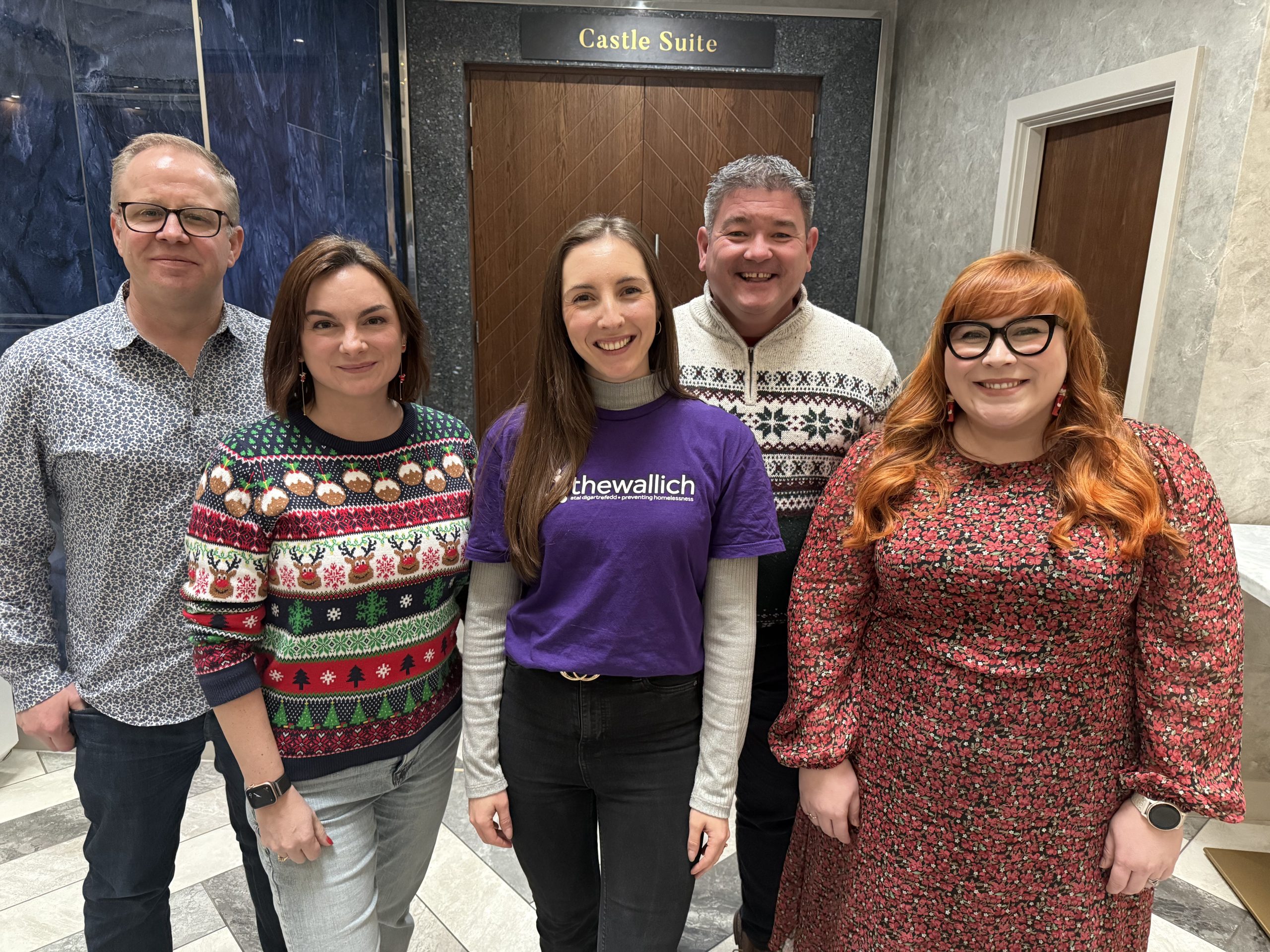
SPECSAVERS Pembroke Dock has helped raise £1,600 to support people experiencing homelessness this winter, with all funds going to The Wallich’s winter appeal.
Thirteen stores from North, South and West Wales donated £1 for every customer feedback form completed during November to help The Wallich, Wales’ largest homelessness and rough sleeping charity, continue its vital work.
Supporting more than 8,000 people experiencing or at risk of homelessness across the nation each year, The Wallich runs around 100 diverse projects across 20 local authorities to provide hope, support and solutions to end homelessness.
Funds raised by Specsavers will go directly to the Wallich’s Flexible Assistance Fund, which provides small but vital emergency grants. The grants support people at crucial turning points, helping cover essential costs such as phone credit, rent or food shops.
This initiative is a continuation of Specsavers’ wider homelessness programme, which sees over a hundred Specsavers stores and Home Visits services hold out-of-hours or pop-up clinics and invite people affected by forms of homelessness to use their services for free.
Specsavers’ North Wales regional relationship manager, Martin Lawrence, who helped organise the fundraiser, says: ‘We’re really proud to be supporting The Wallich’s winter appeal at a time when support is needed most.
‘Homelessness affects people in every community and as locally owned and run businesses, Specsavers stores are committed to raising awareness of the issue and supporting people through their toughest moments.
‘We’re excited to build on the success of this fundraiser and strengthen our partnership with The Wallich in the new year.’
Louisa Turner, head of fundraising at The Wallich, adds: ‘Winter can be an incredibly difficult time for people experiencing homelessness and this support from Specsavers will make a real difference.
‘The funds raised will help provide emergency grants at critical moments – whether that’s putting food on the table, helping someone stay connected with their loved ones or preventing someone from losing a safe place to live.
‘This kind of support creates vital turning points and helps people move towards a safer, more secure future.’
Specsavers works year-round with homelessness charities including Crisis, Vision Care and The Big Issue, to improve access to healthcare and advocate for policy change – ensuring people experiencing homelessness can receive free eye tests, glasses and hearing checks.
To find out more about Specsavers or to book an appointment at your local store, visit: https://www.specsavers.co.uk/stores.
-
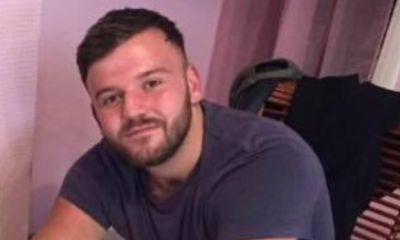
 Crime2 days ago
Crime2 days agoMilford Haven man jailed after drunken attack on partner and police officers
-
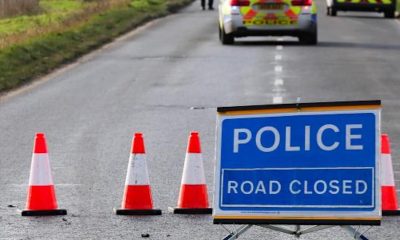
 News5 days ago
News5 days agoDyfed-Powys Police launch major investigation after triple fatal crash
-

 Crime2 days ago
Crime2 days agoTeenager charged following rape allegation at Saundersfoot nightclub
-

 Crime3 days ago
Crime3 days agoMan charged with months of coercive control and assaults
-

 Crime4 days ago
Crime4 days agoMan sent to Crown Court over historic indecent assault allegations
-

 Crime6 days ago
Crime6 days agoMan spared jail after baseball bat incident in Milford Haven
-

 Crime4 days ago
Crime4 days agoMilford Haven man admits multiple offences after A477 incident
-

 Crime3 days ago
Crime3 days agoWoman ‘terrified in own home’ after ex breaches court order





















